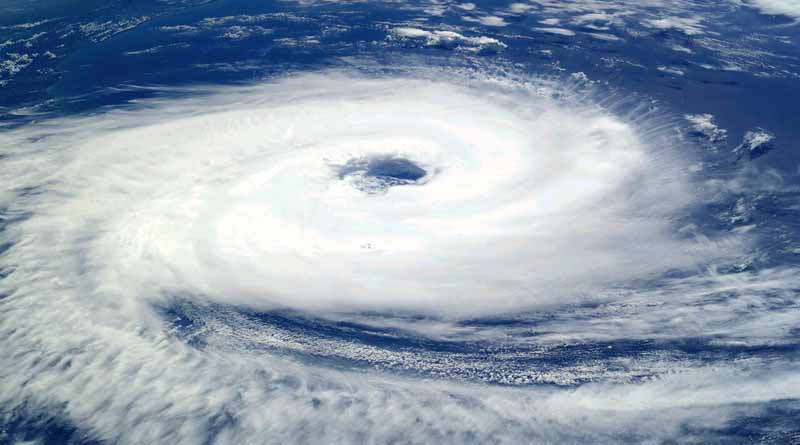With Hainan kicking off its rainy season on May 15th, the provincial authorities conducted a risk assessment for water, wind, and drought disasters during the 2024 flood season.
It’s anticipated that this year’s rainy season, starting from May 15th and lasting until mid-November, will bring more intense rainfall and flooding compared to previous years.
From January 1st to May 5th this year, Hainan has predominantly experienced hot and dry weather. The average rainfall across the province was 140.1 millimetres, which is 34.3% less than the same period in a typical year.
Apart from Dongfang, which saw a surplus of 13.5%, other cities and counties faced a rainfall deficit. Notably, Changjiang, Sanya, and Sansha experienced deficits of 51.5%, 76.9%, and 79.4%, respectively.
Average temperatures across the region were 1°C to 2.3°C higher than usual, with April setting a record deviation of 2.9°C above historical averages for the same period.
It is anticipated that this year’s rainy season climate conditions will be poorer than those of 2022 and 2023, with significant potential risks for transitioning between droughts and floods in the autumn.

A typhoon with greater intensity than usual is predicted to make landfall on Hainan Island
This year, the impact of typhoons is anticipated to be more significant than in typical years. It’s projected that Hainan Province will experience 7 to 9 typhoons, with 5 to 7 expected to directly affect Hainan Island. Of these, one is expected to make landfall on the island with greater intensity than usual.
Additionally, there’s a possibility of encountering a few exceptionally strong typhoons during this period.
This year’s occurrences of high-temperature days are also expected to be slightly more prevalent than in typical years.
Average temperatures across regions have been slightly higher than usual so far this year, with an increased frequency of days experiencing high temperatures (daily maximum temperature ≥35°C). It’s projected that there will be intermittent phases of high temperatures and drought conditions during the summer.
In light of this year’s risk assessment regarding flood water, wind, and drought disasters, experts emphasize the importance of addressing various risks:
Climate anomalies and the risk of drought-flood transitions.
Geological disaster risks triggered by typhoons and heavy rainfall.
Risks to the fishing industry during typhoons.
Compound risks during typhoon periods.
Risks in the transportation sector during typhoon-induced heavy rainfall.
Adverse impacts of water, wind, and drought disasters on agriculture.
Experts recommend that relevant departments and local governments take the following measures:
Strengthen forecasting, early warning, and preparedness efforts.
Enhance safety measures for rivers and reservoirs during flood periods.
Implement coastal wind and flood safety measures.
Implement flood and wind prevention measures for agriculture.
Enhance prevention of geological disasters.
Implement preventive measures in low-lying and flood-prone areas.
Enhance prevention measures in the transportation sector.
The 2024 season in Hainan Province is predicted to be challenging, with 7-9 typhoons expected to impact the region along with intensified rainfall, flooding, higher temperatures, and droughts compared to previous years. These forecasts highlight the importance of preparedness and proactive measures to mitigate the potential risks posed by these weather phenomena.
Related article: Hainan in Daylight Side of Solar Flare Eruptions







